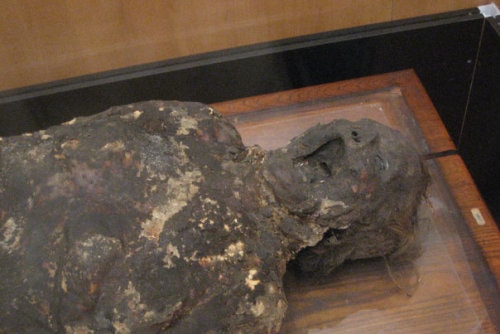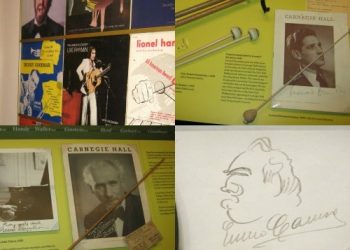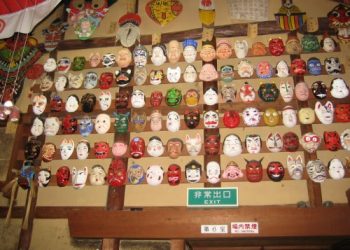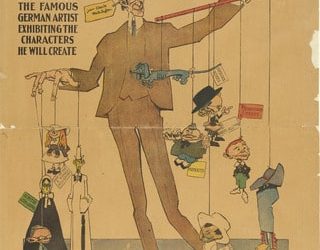We have covered the Mütter Museum before on the blog. In case you didn’t already know, it is part of the College of Physicians of Philadelphia. The museum started in 1858 with the medical research collection of Dr. Thomas Mütter. Known for oddities, specimens, wax models, and antique medical instruments, the museum includes well-known displays of the tallest skeleton, the liver of conjoined twins Chang and Eng as well as the thorax of John Wilkes Booth. And you can buy a Mütter Museum shot glass in the shop. I know, because I have one. Jealous? I hope so. But one of the more interesting “objects” as part of the permanent exhibit (that you can also buy, see the link at the end) will probably scare the bejesus out of you.
The “Soap Woman” is on display at the Mutter Museum in Philadelphia. Her story is truly bizarre. Sometime in the 19th century, a woman who was rather fat died of yellow fever. After her burial in a Philadelphia cemetery, the fat of her body turned into adipocere. This is a fatty wax composition similar to lye soap. She became saponified in this way when her body fat reacted to the combination of chemicals in the soil. She has been on display at the Mutter Museum since 1874 when Dr. Joseph Leidy, a prominent University of Pennyslvania anatomist, donated her body to the museum. According to Dr. Leidy, the “Soap Woman” died in 1792 in Philadelphia. Her body was uncovered by workmen removing bodies from an old burial yard. In 1942, the museum curator, Joseph McFarland, determined that the “Soap Woman” actually died much later. Eight pins and two four-hole buttons of the clothing she was wearing when buried were dated as being from the early 19th century. A “Soap Man” who was buried alongside the “Soap Woman” is sometimes displayed at the Smithsonian Institution in Washington.
















